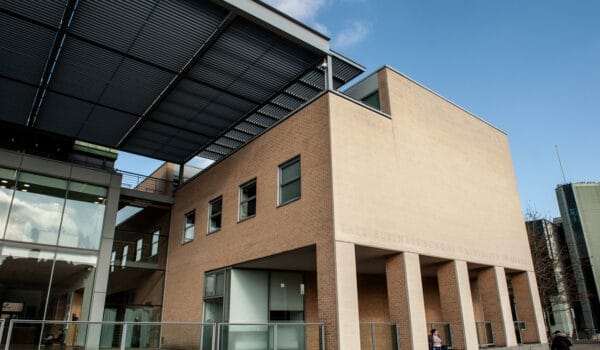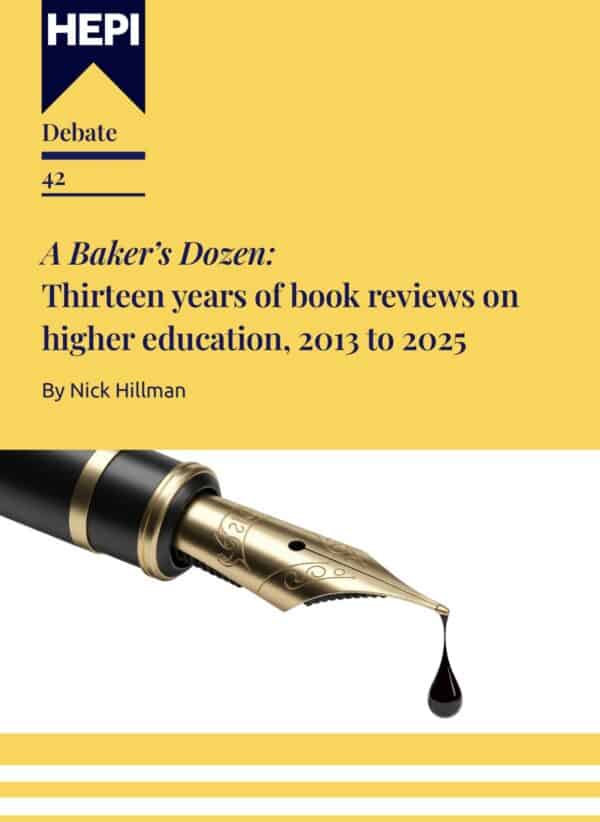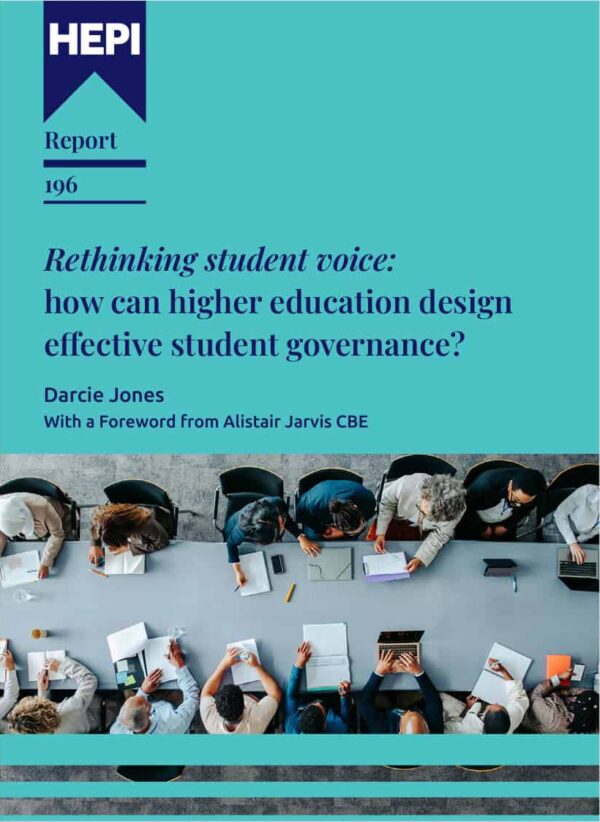Raising the Bar: A Graduate Design Engineer’s Path in Engineering
By Professor Lisa-Dionne Morris, Professor of Public & Industry Understanding of Capability Driven Design in the School of Mechanical Engineering, and Engagement Champion for the EPSRC EDI Hub+ at the University of Leeds.
International Women in Engineering Day, Monday 23 June 2025, provides an essential platform to celebrate the contributions of women designers and engineers while also highlighting persistent gender disparities in the profession. In 2021, only 16.5% of engineers in the UK were women, a figure that underscores the continued need for structural reform and targeted support for women pursuing careers in STEM disciplines.
Preparing the next generation of female international design engineers requires more than the delivery of technical content. It necessitates a systemic, institution-wide approach that equips graduates with the attributes, knowledge, resources, skills, and confidence to navigate a professional landscape that is rapidly changing and, in many cases, still being defined for future careers. The increasing global demand for roles in areas like sustainable product design, AI-integrated manufacturing, inclusive user interface systems, and human-centred engineering is underpinned by the foundational importance of STEM, making the empowerment of women designers and engineers in these fields crucial for driving innovation and achieving sustainable development goals. These emerging sectors demand not only technical competence but also a blend of creativity, emotional intelligence, and social awareness that diverse females in STEM demonstrate.
Holistic Support: Design Engineering as Ecosystem
The development of a graduate designer and engineer can be likened to nurturing a tree within a complex ecosystem. While academic performance remains important, the capacity to thrive in uncertain, transdisciplinary, and innovation-driven contexts depends upon institutional ecosystems that foster global awareness, adaptability, collaboration, and resilience.
Universities play a vital role as critical enablers and a resource. This extends beyond curricula to the people, processes, and environments that scaffold student growth, from technical staff and personal tutors to administrative teams and peer mentors. The university must therefore shift its conceptualisation of employability from curriculum-contained instruction to community-wide responsibility.
Barriers and Micro-inequities
For female design and engineering graduates, these ecosystems are even more consequential. While overt discrimination may be declining, micro-barriers, such as imposter syndrome, limited visibility of role models, cultural dissonance and inaccessible resources, continue to affect women disproportionately. The intersectionality of race, disability, and socioeconomic status further compounds these challenges.
Support mechanisms such as inclusive wellbeing services, financial assistance schemes, mentoring networks, and accessible technical environments serve as critical interventions. These do not merely reduce dropout risk; they transform educational experiences and enhance graduate outcomes.
Beyond KSA: Towards the ACRES Model
Traditional employability frameworks such as the KSA model (Knowledge, Skills, Abilities) focus primarily on individual traits. While helpful, such models risk overlooking the social, ethical, and emotional dimensions necessary for future engineering practice. In response, I propose the ACRES framework — a holistic model centred on:
- A – Adaptability: Developing the capacity to respond flexibly to change
- C – Collaboration: Cultivating skills in teamwork and interdisciplinary cooperation.
- R – Resilience: Building psychological robustness through reflective learning
- E – Empathy: Encouraging emotional intelligence through inclusive design challenges
- S – Social Responsibility: Engaging students with ethical, civic, and sustainability issues.
These attributes are more than ideals; they represent the design specifications for the modern engineer.
Educational Practice in Action
Design engineering programmes across the UK are embedding these competencies through interdisciplinary projects, challenge-based learning, studio-based learning, sustainability modules, and community-based partnerships. At the University of Leeds, in the Faculty of Engineering and Physical Sciences, for example, students engage in industry-informed design briefs, receive feedback from career mentors, and co-produce portfolios that reflect both technical ability and human-centred thinking.
Such practices are not incidental, they are fundamental. The preparation of women designers and engineers is a collective act; it is the result of intentional, inclusive, and collaborative university cultures that nurture talent through both “seen and unseen” interventions.
The university must function not only as a centre of instruction but as a dynamic support system, enabling intersectionality such as first-generation, women, disabled, and underrepresented female students to flourish in STEM to become graduates. When we invest in raising future-ready women designer and engineers, we are not merely producing graduates, we are shaping leaders, changemakers, and innovators for careers that, in many cases, are yet to be invented.







Comments
Add comment